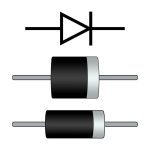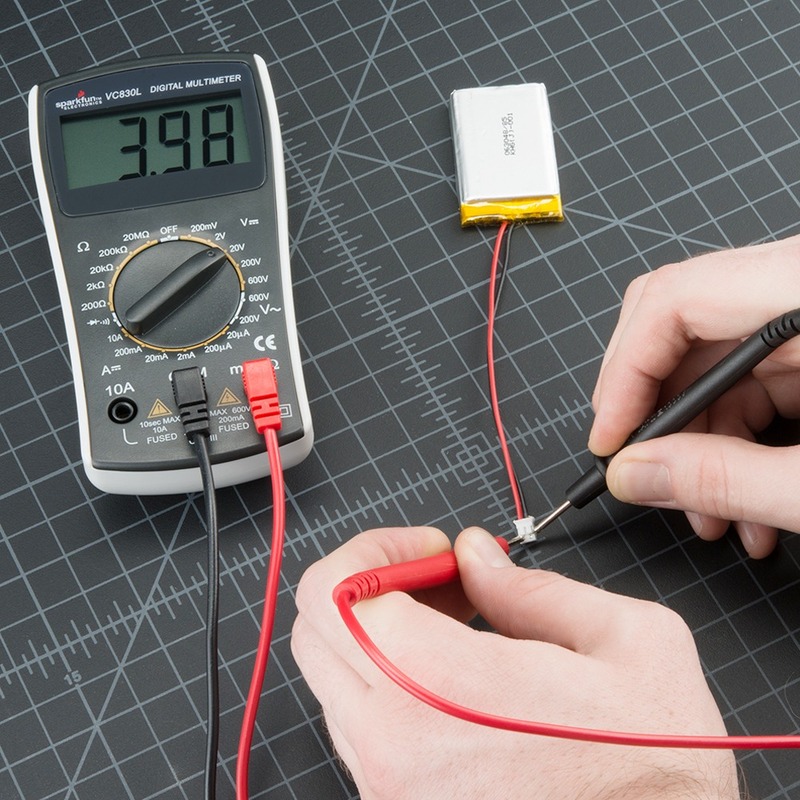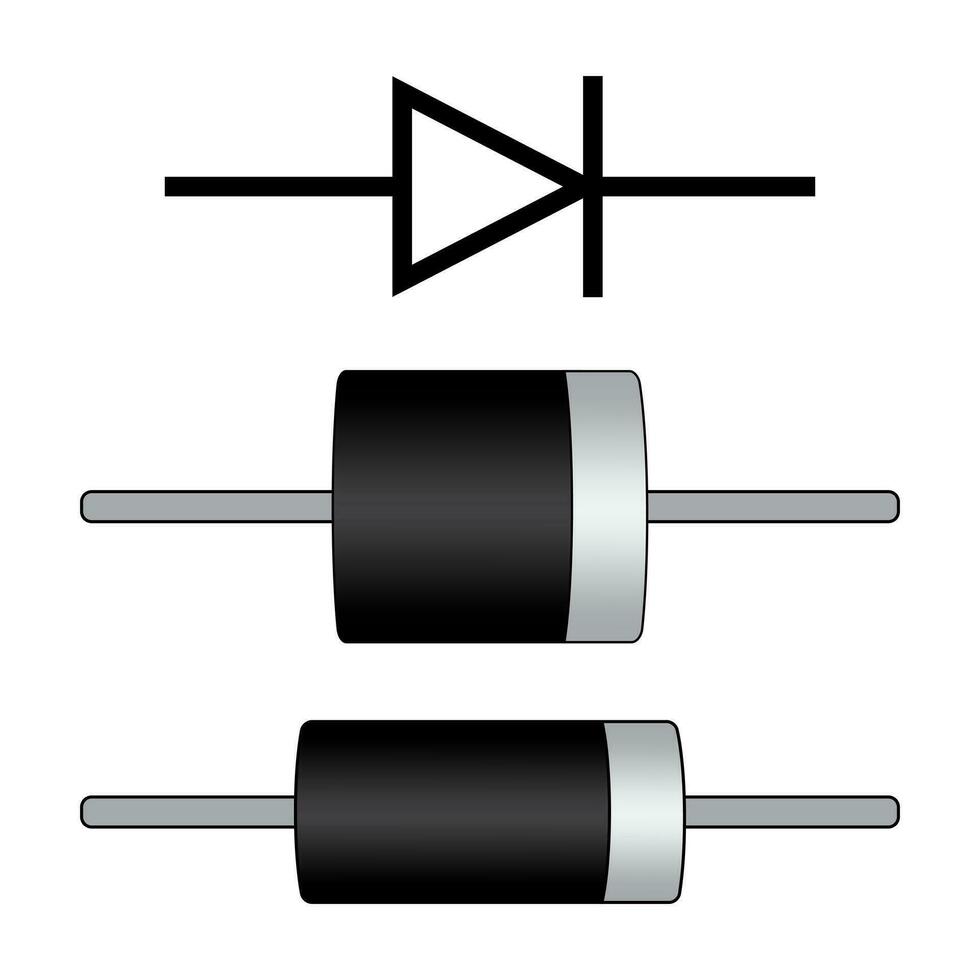Introduction:
What is a resistor in a circuit? In electrical circuits, resistors play a fundamental role in regulating and controlling the flow of electric current. As one of the most common electronic components, resistors are essential for designing and building various electronic devices. In this comprehensive guide, we will explore the function of resistors in circuits, their types, and their importance in electrical engineering and everyday applications.
The materials commonly used for resistor construction include:
Resistors are made using different materials that exhibit resistive properties. The materials commonly used for resistor construction include:
Carbon Composition:
Carbon composition resistors are made by mixing carbon powder with a binder material and shaping it into a cylindrical form. They are inexpensive and widely used in various applications. However, they have relatively high tolerances, lower precision, and can be affected by temperature changes.
Metal Film:
Metal film resistors are made by depositing a thin layer of metal, such as nickel-chromium or tantalum nitride, onto a ceramic or plastic substrate. They provide more precise resistance values, lower noise levels, and better temperature stability compared to carbon composition resistors.
Metal Oxide:
Metal oxide film resistors are similar to metal film resistors, but they use metal oxide as the resistive material. They offer higher power ratings and better temperature stability, making them suitable for high-temperature environments or high-power applications.
Wirewound:
Wirewound resistors are constructed by winding a resistive wire, typically made of nichrome or other alloys, around an insulated ceramic or fiberglass core. They can handle high power levels and have excellent stability and accuracy. Wirewound resistors are commonly used in power electronics applications.
Thin Film:
Thin film resistors are constructed by depositing a thin layer of resistive material, such as nichrome or tantalum nitride, onto a ceramic or glass substrate. The thin film technology allows for precise resistance values, low temperature coefficients, and good stability. They are commonly used in high-precision and high-frequency applications.
The choice of resistor material depends on the specific application requirements, such as desired accuracy, power handling capability, temperature stability, and cost considerations. It is important to select the appropriate resistor type based on the specific characteristics required for the circuit design.
 Understanding Resistance
Understanding Resistance
Definition of Resistance:
Resistance is the property of a material or component that opposes the flow of electric current.
It is measured in ohms (Ω) and represents the ratio of voltage to current in a circuit.
Ohm’s Law:
Ohm’s Law states that the current (I) flowing through a resistor is directly proportional to the applied voltage (V) and inversely proportional to the resistance (R) of the resistor.
It is represented by the equation I = V/R.
Functions of Resistors in Circuits
Current Limitation:
Resistors are used to limit the amount of current flowing through a circuit by offering a specific resistance value.
They protect sensitive electronic components from potential damage by preventing excessive current.
Voltage Division:
Resistors are used in voltage divider circuits to divide the total voltage across two or more resistors connected in series.
They create specific voltage drops across individual resistors, allowing different voltages to be provided to different components.
R-C Timing Circuits:
Resistors, in conjunction with capacitors, are used in timing circuits to control the charging and discharging of the capacitor.
The time constant of an R-C circuit is determined by the product of the resistance and capacitance values.
Load Resistor:
Resistors act as load resistors in circuits, consuming electrical energy in the form of heat or dissipating excess energy to maintain current flow within an acceptable range.
Load resistors are commonly used in power supplies, amplifiers, and electronic circuits to achieve proper current regulation.
Types of Resistors
Fixed Resistors:
Fixed resistors have a specific and unchangeable resistance value and are commonly used in electronic circuits.
Different types of fixed resistors include carbon film resistors, metal film resistors, and wire-wound resistors.
Variable Resistors:
Variable resistors, also known as potentiometers or rheostats, have adjustable resistance values.
They are used to control the level of current or voltage in a circuit by varying their resistance.
Thermistors:
Thermistors are temperature-dependent resistors that exhibit a significant change in resistance with temperature.
They are used in temperature control systems, thermostats, and temperature sensing applications.
Light-Dependent Resistors (LDRs):
LDRs, also known as photoresistors, change their resistance based on the intensity of light falling on them.
They are commonly used in light-sensitive applications, such as automatic streetlights and light sensors.
 Importance of Resistors
Importance of Resistors
Circuit Stability:
Resistors play a crucial role in maintaining stability within an electronic circuit by resisting variations in voltage and current.
They stabilize the performance of other components by preventing voltage spikes and current fluctuations.
Signal Conditioning:
Resistors are essential for signal conditioning in electronic circuits, ensuring that signals are appropriately attenuated, amplified, or filtered.
They provide impedance matching and protection against unwanted signal distortions.
Electric Safety:
In electrical systems, resistors are used to limit the flow of potentially harmful electrical currents, ensuring safety for both the circuit and users.
They protect against overloads, short circuits, and electrical faults.
Resistance in blower fans plays a crucial role in their electrical circuitry and overall performance. Understanding the concept of resistance, its measurement, and its implications can assist in troubleshooting issues related to motor performance and electrical faults.
 Here’s how a resistor works:
Here’s how a resistor works:
A resistor is an electronic component that is used to restrict or control the flow of electric current in a circuit. It works by presenting resistance, which is a measure of how much the resistor impedes the flow of electrons. Here’s how a resistor works:
Impeding Electric Current:
When an electric current passes through a resistor, the resistor’s properties cause it to impede or resist the flow of electrons. This resistance is measured in ohms (Ω) and is denoted by the resistance value indicated on the resistor.
Voltage Drop:
As the electrons pass through the resistor, they must overcome the resistance offered by the resistor. This results in a voltage drop across the resistor, meaning that the voltage before the resistor is higher than the voltage after it.
Joule Heating:
The resistance offered by the resistor causes a conversion of electrical energy into heat energy. This phenomenon is known as joule heating. The amount of heat generated depends on the current flowing through the resistor and the resistance value.
Current Limitation:
By adjusting the resistance value, resistors can limit the amount of current flowing through a circuit. This can be useful in various applications, such as protecting components from excessive current, controlling the brightness of LEDs, or setting the gain of amplifiers.
Ohm’s Law and Resistance Calculation:
The relationship between voltage, current, and resistance is described by Ohm’s Law: V = I * R, where V is the voltage across the resistor, I is the current flowing through the resistor, and R is the resistance. Using this equation, one can calculate the expected values of voltage, current, or resistance in a circuit containing a resistor.
Resistors come in various types and sizes. The resistance value and power rating are typically marked on the resistor using color codes or numerical values. By selecting the appropriate resistor, engineers and electricians can tailor the electrical characteristics of a circuit to match its intended purpose.
 Conclusion:
Conclusion:
Resistors are indispensable components in electronic circuits, providing essential functions such as current limitation, voltage division, and circuit stabilization. By understanding the role of resistors in circuit design and selecting the appropriate resistance values, engineers and hobbyists can create functional and reliable electronic devices. Whether used for current regulation, voltage control, or timing applications, resistors are vital for a wide range of electrical engineering and everyday applications. Embrace the importance of resistors and their role in shaping modern electronics.










